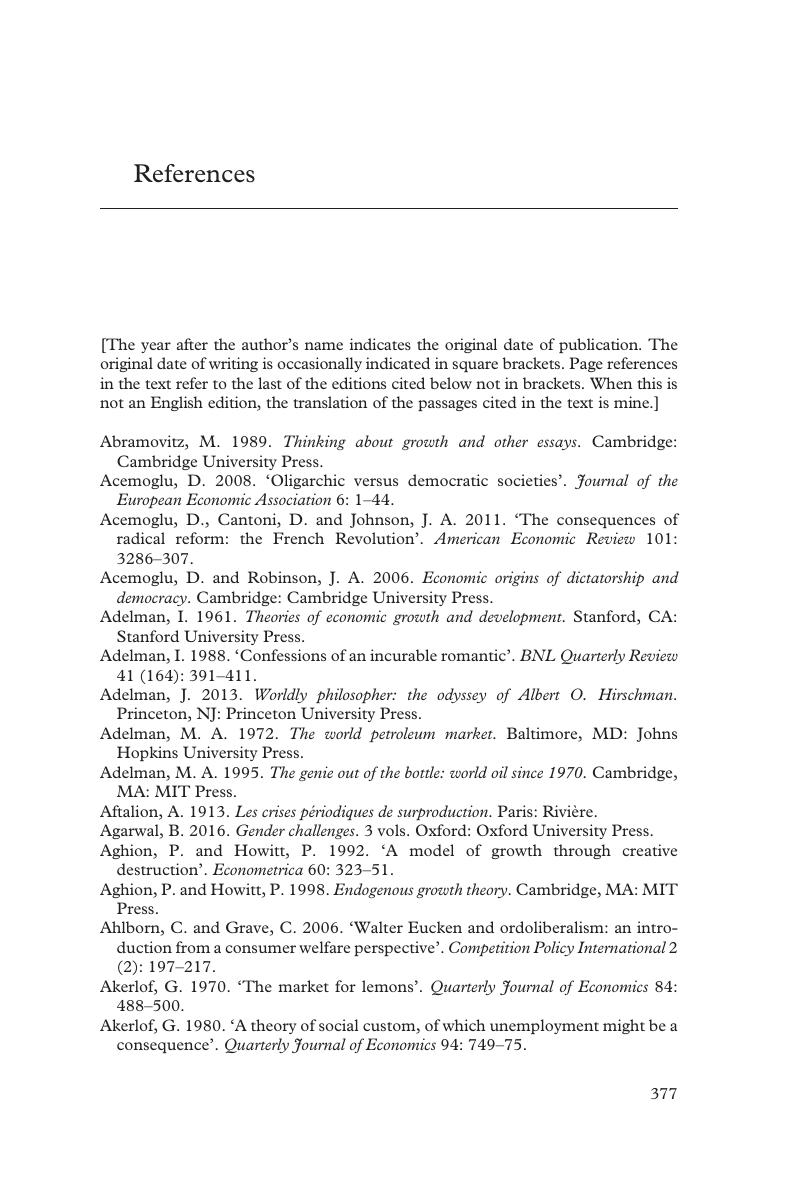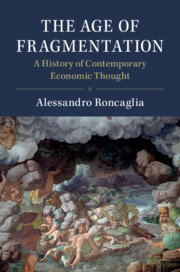Book contents
- The Age of Fragmentation
- The Age of Fragmentation
- Copyright page
- Contents
- Acknowledgements
- 1 Introduction: A Non-linear Discourse
- Part I The Background
- Part II The Giants of the Short Century
- Part III The Disgregation of the Mainstream
- Part IV The Weakening of the Paradigm
- Part V Is a New Paradigm Possible?
- References
- Index
- References
References
Published online by Cambridge University Press: 25 November 2019
- The Age of Fragmentation
- The Age of Fragmentation
- Copyright page
- Contents
- Acknowledgements
- 1 Introduction: A Non-linear Discourse
- Part I The Background
- Part II The Giants of the Short Century
- Part III The Disgregation of the Mainstream
- Part IV The Weakening of the Paradigm
- Part V Is a New Paradigm Possible?
- References
- Index
- References
Summary

- Type
- Chapter
- Information
- The Age of FragmentationA History of Contemporary Economic Thought, pp. 377 - 418Publisher: Cambridge University PressPrint publication year: 2019



